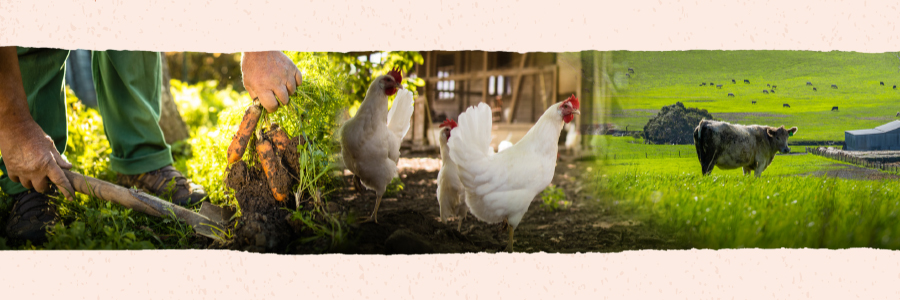


Sign-up for {N}power to get exclusive discounts, newsletters, members-only features, and more!

Once, in a farmer's field, a billion tiny soil organisms were finally remembered, and the farmer's focus shifted from how much a crop could yield to how future harvests depended on the soil being healed. Once, in a neighborhood grocery store, the proprietors said, no more—our standards for food must place human and environmental health over profit. Once, at the dinner table, you and I chose to understand the consequences of each forkful's production. And once it happened, it happened again and again.
We all—the farmer, the grocery store proprietor, and the eater—began to act for hope because we understand that the roots of our hope are planted in evidence.1 Together, we are starting a movement to redirect the future. The influence of our collective actions can ensure we all have access to nourishing food, restore our topsoil, sequester greenhouse gases that imperil our planet, improve our health, and create more robust and equitable economies.2 And because we are acting together, it will echo in the halls of policy and power with a persistence that can no longer be ignored. We are Regenivores!
Regenivore, noun:
A person who eats in a way that supports a shift from degrading, stripping, and crippling to regenerating and sustaining—our planet, our health, and our economies. Regenivores know that the food on our plates and the farmers, ranchers, and grocers we support are directly connected to the biodiversity of our food web, the integrity of the soil, the health of the planet, our own health, and the health of our families and friends.

“The health of soil, plant, animal, and man is one and indivisible.”
—Sir Albert Howard



Sign-up for {N}power to get exclusive discounts, newsletters, members-only features, and more!